 The following interview is by Juan Vílchez Gómez for Hispasonic. Juan sent it my way via The MATRIXSYNTH Lounge. You can find a Spanish version on Hispasonic here. The following interview is posted here in English with permission from Juan. MATRIXSYNTH gets a mention! Thank you to Juan and Hispasonic!
The following interview is by Juan Vílchez Gómez for Hispasonic. Juan sent it my way via The MATRIXSYNTH Lounge. You can find a Spanish version on Hispasonic here. The following interview is posted here in English with permission from Juan. MATRIXSYNTH gets a mention! Thank you to Juan and Hispasonic!"Hispasonic: This time we are talking with Olivier Gillet, the man behind Mutable Instruments and creator of the famous synth Shruthi-1. He reveals exciting information about his next projects and throws light upon synth design.
JuanVilchez is the interviewer.
Hispasonic: Well... Taking into account that the key questions about the Shruthi-1 have been already answered in the forums, or in the comprehensive documentation of your webpage, I propose that you could speak us about the future of Mutable Instruments... as it seems that some exciting new machines are in the making right now.
 Mutable: The exciting new projects:
Mutable: The exciting new projects:Next project (september/october): the MIDIpal, a small, inexpensive, MIDI processing
unit, running algorithmic transformation on the MIDI notes (arpeggiation, harmonization, delays) along with more traditional filter/splitter/monitoring things. Something you'll want to stick between anything with a keyboard and anything with an audio out in your studio :) This is the first project that will be industrially manufactured - though the first batch will be available as a SMT kit.
A revision of the Shruthi-1 hardware for the next batches of kits - in particular I've spent quite some time cutting the part count on the filter board.
A new Shruthi-1 filter board (MS-20 clone).
A variant of the Shruthi-1 digital board that will replace all the digital oscillators by 12-
bits sample playback from a SD card (and will probably do sampling too). This will add a new dimension to the "Shruthi-system" = 3 "controller boards" (Shruthi, Sidekick, Sampler) x 7 "filter boards".
 Something that will replace, in the long run, the Shruthi-1 - and in which I'm trying to address most of the shortcomings and design decisions of the Shruthi-1. This is a more ambitious, risky, project as I'm trying to squeeze in a lot of very new features, and design it in such a way that some parts of the project can be interchanged, with both a SMT version for industrial manufacturing and still a through- hole variant for DIYers. While avoiding reinventing too much and keeping it close to the Shruthi sound. Ready in 6 months? 1 year? I don't know.
Something that will replace, in the long run, the Shruthi-1 - and in which I'm trying to address most of the shortcomings and design decisions of the Shruthi-1. This is a more ambitious, risky, project as I'm trying to squeeze in a lot of very new features, and design it in such a way that some parts of the project can be interchanged, with both a SMT version for industrial manufacturing and still a through- hole variant for DIYers. While avoiding reinventing too much and keeping it close to the Shruthi sound. Ready in 6 months? 1 year? I don't know.Least sexy but most important thing: establishing an actual company -- at the moment what I do is registered as a "side-business" and while it is very simple paperwork-wise, it adds many constraints to what I can and cannot do, and exposes me to many risks in case of bankruptcy.
Hispasonic: I think that it could be interesting not only promoting Mutable Instruments but you as well, as I find that you're a really talented guy and that you've the most valuable opinions and tastes. Just saying... I perceive that you're a shy person (am I wrong?), but maybe it could be interesting to know more about "the creator".
Olivier: I wouldn't see the point of promoting myself - I don't sell myself, I sell synths, and they can "speak" or rather "sound" for themselves!
Many interesting synthesizer businesses are small, quite often run by one single person, who has to wear both an engineering and marketing hat. Personally, I try to keep my engineering hat as much as possible because this is what I am good at, and because I quite like the values that goes with engineering. Chips datasheets don't cheat, at least not on the first page... I see too much people overhyping stuff in my daily job to want to do anything like that when I am working on my synth projects.
 Hispasonic: In Hispasonic we are really proud of our community of synth enthusiasts. Here is a little "window" that is going to be seen by a lot of people. Taking a look into your resumé, we know that we can confidently trust you in regard to software and electronic musical instruments. So... what do you want to say to them?
Hispasonic: In Hispasonic we are really proud of our community of synth enthusiasts. Here is a little "window" that is going to be seen by a lot of people. Taking a look into your resumé, we know that we can confidently trust you in regard to software and electronic musical instruments. So... what do you want to say to them?Olivier: If there had something I had to say to the synth public is that they should try to keep a critical eye and ear when looking at synths - there are so many misconceptions (that I used to have too, until recently!) about synths. Things like:
- "UIs with LCD displays / pages [as opposed to 'one knob per function'] suck" Most people having used the Shruthi-1 agree that the interface is very easy to understand. The ESQ-1 looks horrible with only one data entry slider but it's surprisingly very fast to program. While some knob-laden VAs are horrible to use because everything not directly in the front panel might be hidden behind half a dozen of keypresses.
- "8-bits => chiptune sounds!"
Just because something uses 8-bit resolution somewhere in the signal chain doesn't make it sound like a Nintendo. It's not all black and white: The Fairlight had 8-bit converters ; the Dark Energy uses a sound chip that found its way in some 80s arcade machines. And plenty of other weird combinations inbetween.
- "Vintage synths got their good sound from the vintage VCF chips"
I was fooled by this too, and this is why I invested time in getting some of those chips and building filters with them. My conclusion is that those chips were very convenient because they concentrated many useful functions in a small area (and thus made reliable, smaller polysynths possible), but there's nothing magical in them - gain cells and linear/exponential voltage->current converters in one small package. I won't bother with those things from the past in new designs, because the magic is outside of the chip.
- "Stuff designed by amateurs will always be one step behind commercial products"
I hang around a few DIY online communities (for example the SDIY mailing list) and I am amazed by the expertise and knowledge of the people here. And then it struck me that to the most talented electrical engineers it would be a weird career move to actually work full-time on synths, because there are many other fun things to do with their skills. Somehow I think the most difficult thing for a trained EE to go into making synths would not be the challenge of the work, but the challenge of only applying a very small fraction of their knowledge of the field.
 Hispasonic: There is a growing community of people that decide to take direct control and create their own synths from the electronic parts (DIY). Any advice for them?
Hispasonic: There is a growing community of people that decide to take direct control and create their own synths from the electronic parts (DIY). Any advice for them?Olivier: A last thing, and this takes the form of a question: "what makes a good synth/DIY project?". To me, three things:
Understanding the difference between a "project" and a "product"
It took 2 to 3 months to design something like the Shruthi from A to Z.
At this stage you'll have something awesome that you can put in a box, use yourself, post a video to Matrixsynth and be very proud of. But then it will take maybe 5 or 6 months to turn it into a "product", to sort unsexy things like documentation, sound banks, testing on a variety of setups, parts sourcing and validation, more field testing, feature requests from beta testers, etc.
I had changing opinions about whether oscillators, filters, modulations, etc. were the most important element to define the "sound of the synth". In the end, my view on that is that what makes a synth good is the presence, or not, of a "vision" or "plot" about how it should sound like, and then the effort made to ensure that every module contributes to this vision and goes in the right direction.
This is why I believe "design by committees" efforts like the Tyrell from Amazona are a bad idea - "just making the majority happy" is not the sort of vision to build something upon. At least not in arts.
When the designer of a synth has never taken the time to actually listen to its creation, it shows!
Hispasonic: Thank you very much Olivier for some of your time - we know that you are really busy these days - and for really getting involved in the topics treated. We do know that you are not very enthusiastic about being interviewed or talking about your products, as you completely trust on their sound as their best marketing campaign. We can’t wait to hear and play with your last creations. They will give us plenty to talk about, for sure."
Useful links:
Mutable Instruments
Shruthi-1 on Youtube
Shruthi-1 audio demos on Soundcloud
Contact the interviewer:
me@juanvilchez.com http://www.juanvilchez.com
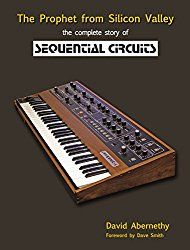



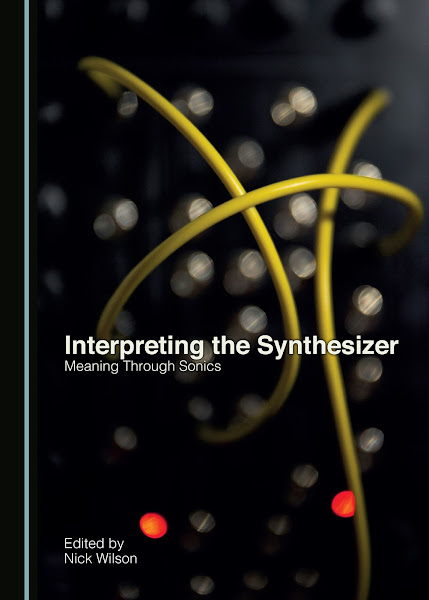
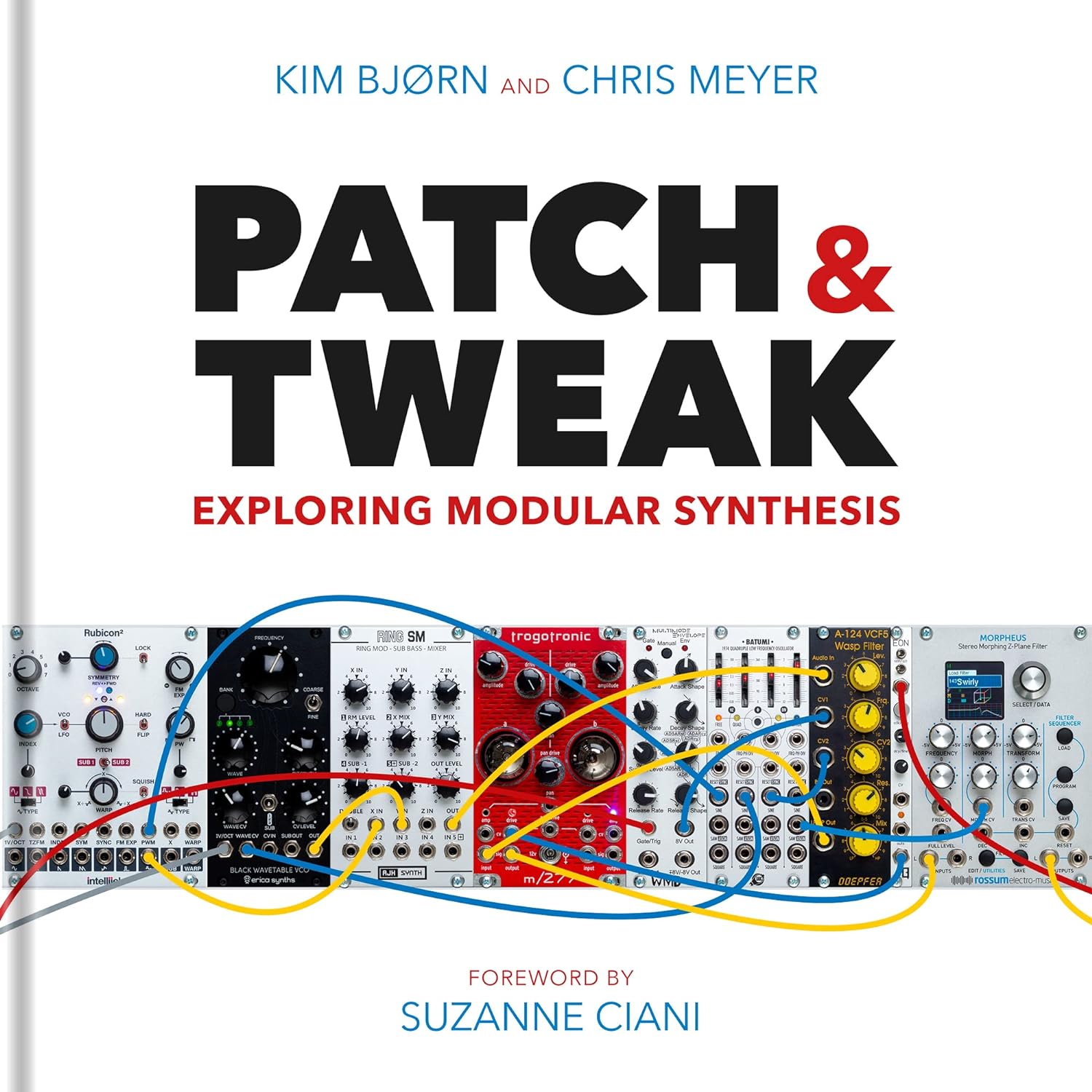

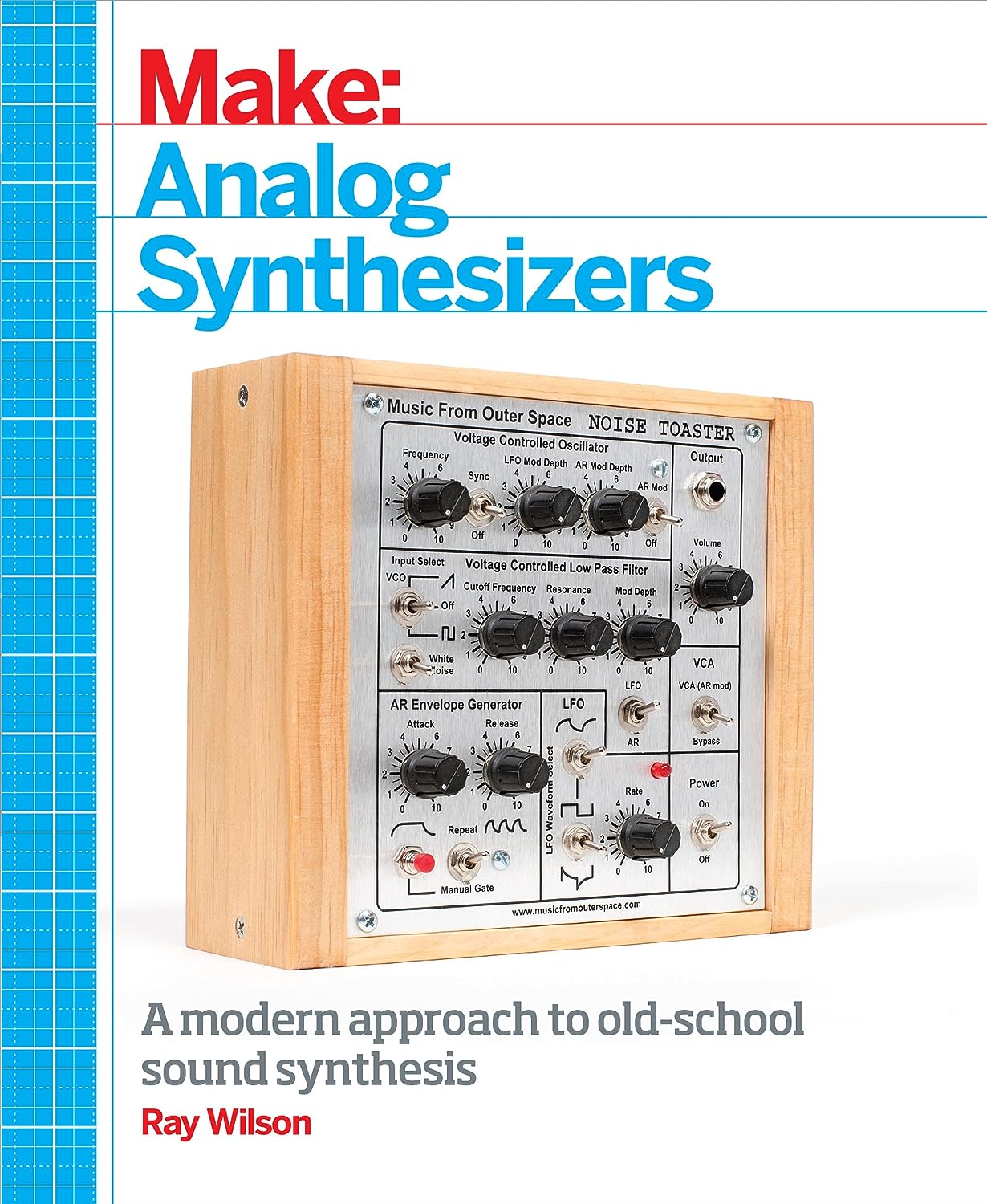

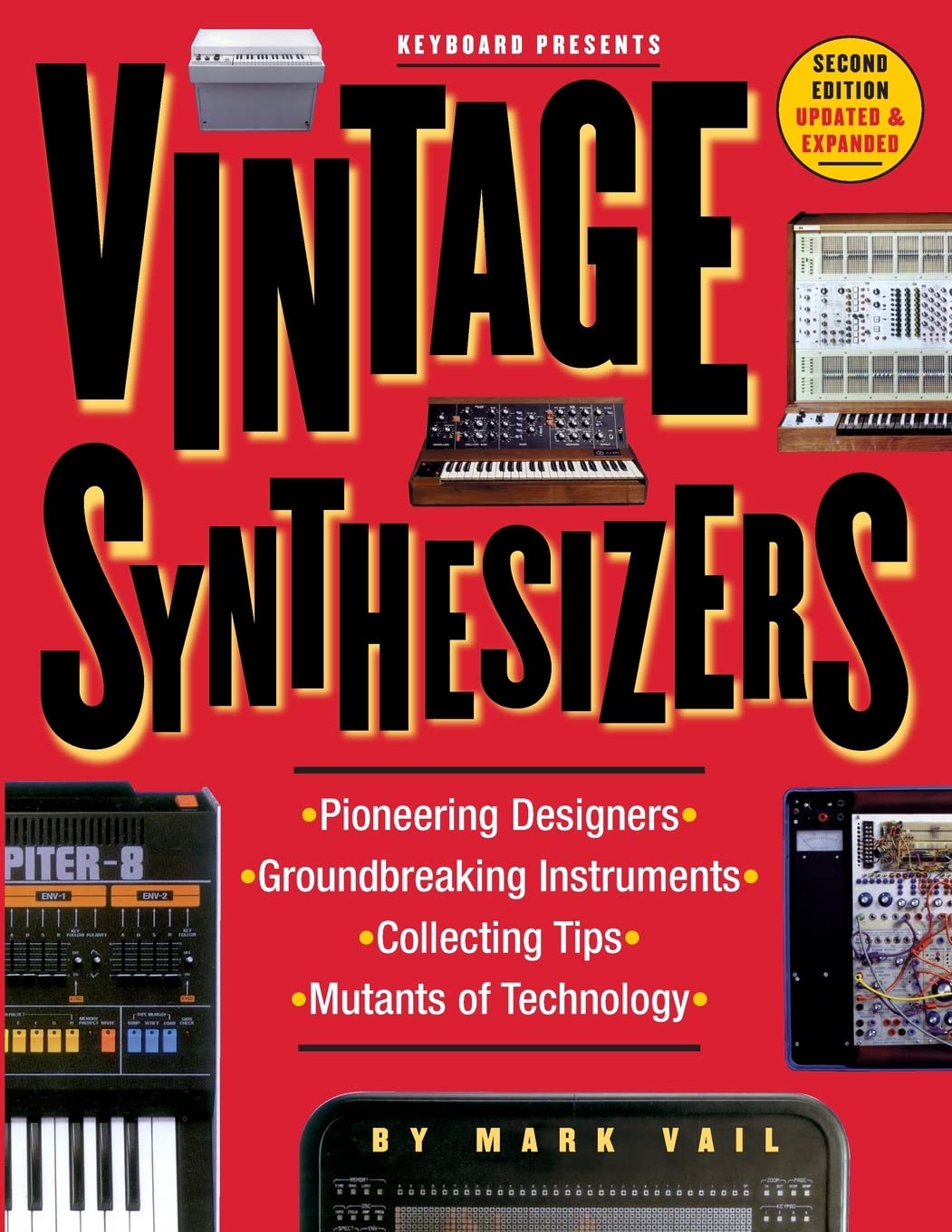
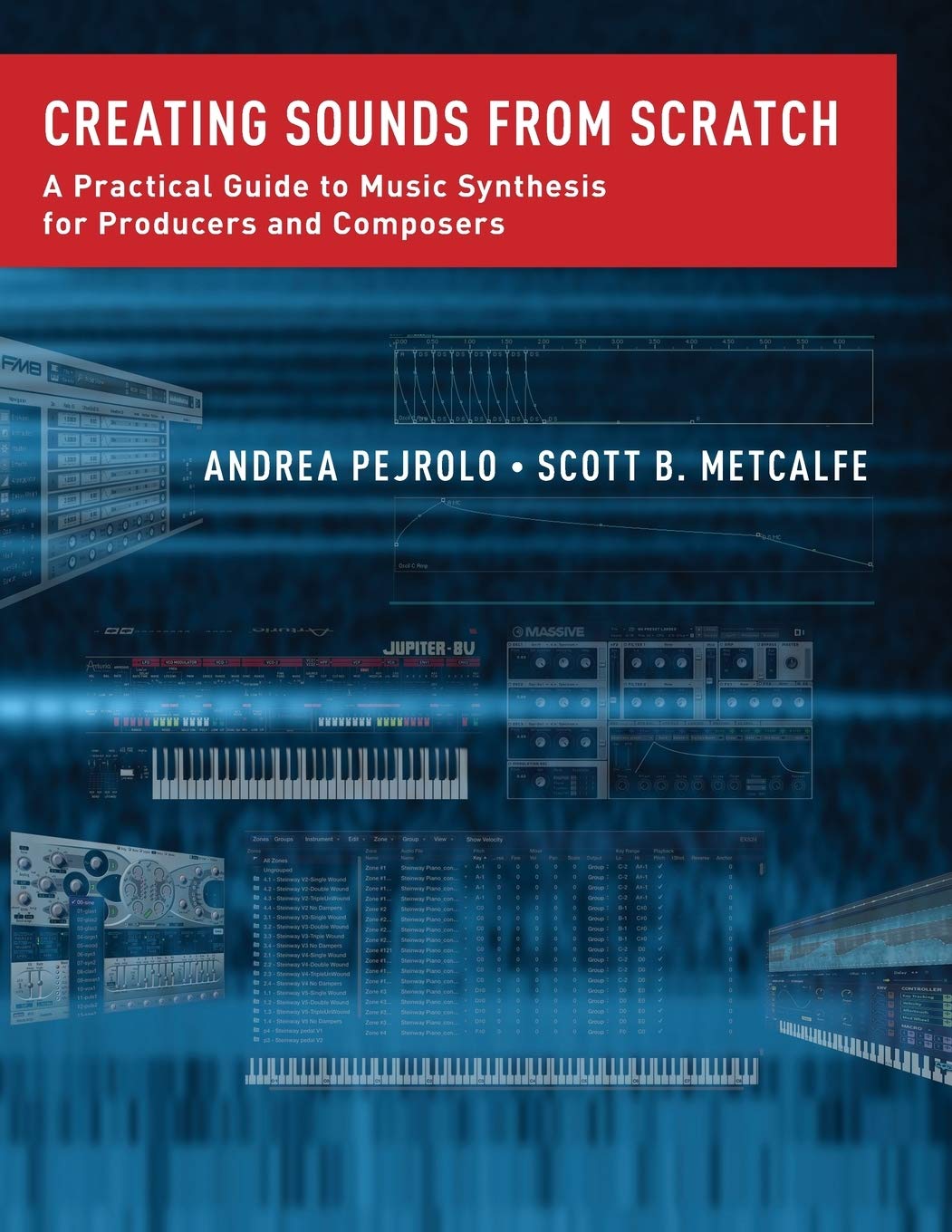
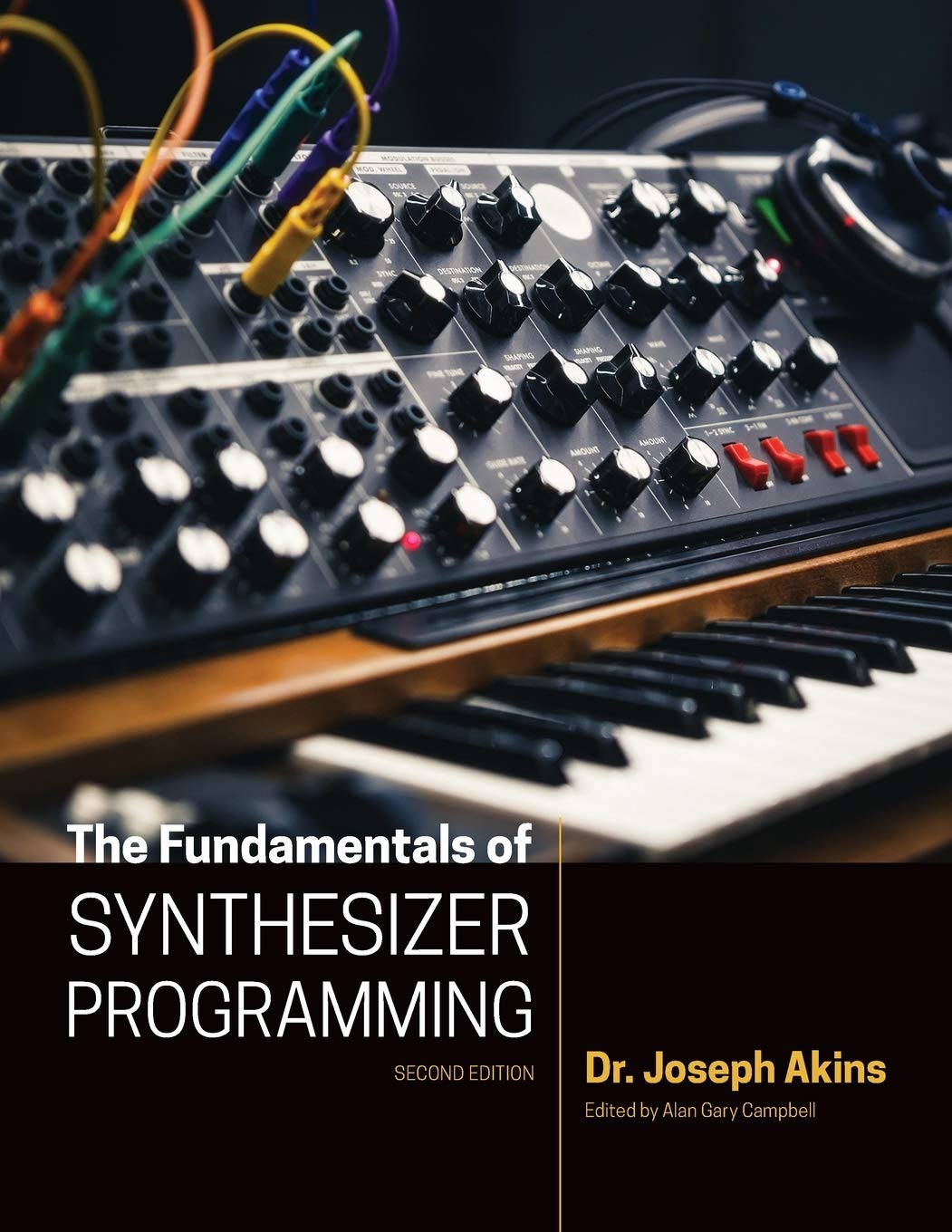















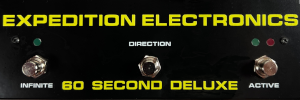











I bought a Struthi and am very excited about the possibilities. I am mostly a software engineer and not an EE. I bought and assembled several other DIY kits to practice. Those went well. But when I started in on the Struthi, the components are packed so tight and the color codings on the resisters are sooo similar that I am not confident I am getting it right. Your documentation helps. I also am unsure about my soldering technique and the interim voltage tests.
ReplyDeleteDo you have any recommendations to help me get over my concerns? Or some electronic music to recommend to sooth my nerves?
stravinski